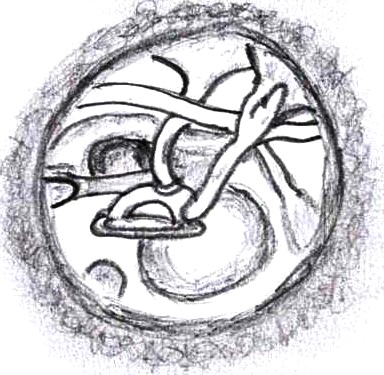The ear, along the evolution has modified structurally and functionally. In lower animals, they functioned as alarm systems to detect any sounds of the prey or predator so as to fix their vision and also maintain the balance of the body to prevent fall. In the course of evolution, this…
Tag: Anatomy
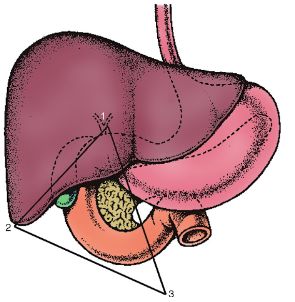
Gastrinoma (Passaro’s) triangle
Boundaries of Gastrinoma Triangle It is an imaginary triangle formed by 3 points in upper abdomen: Apex: Cystic duct-CBD junction Inferior point: 2nd part duodenum-3rd part duodenum junction Left lateral point: Pancreatic neck-body junction This area is located to the right of Superior Mesenteric Artery (SMA) i.e. Proximal duodenum and…
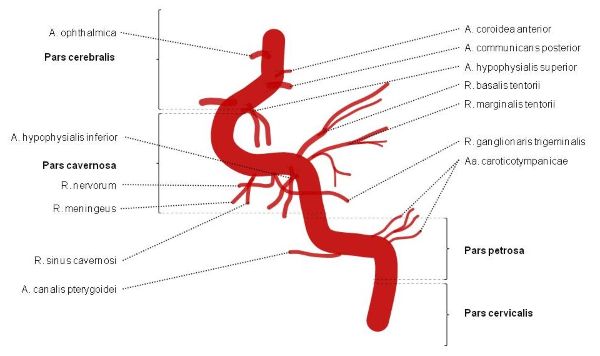
Internal Carotid Artery – Segments and Branches
7 segments of Internal Carotid Artery We have already discussed a mnemonic to remember the course of Internal Carotid Artery with the help of 2 horizontal “S” under the topic of Circle of Willis. C1 – Cervical segment C2 – Petrous (horizontal) segment C3 – Lacerum segment C4 – Cavernous…
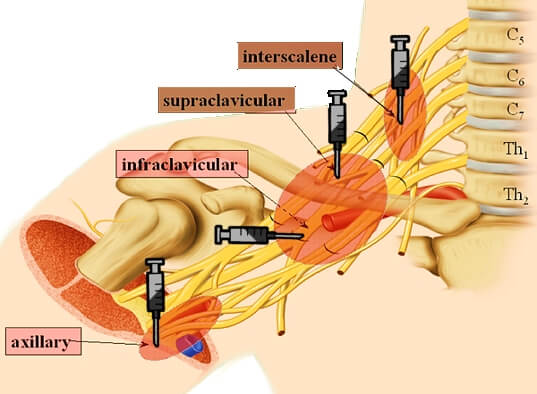
Brachial Plexus Block Made Easy
Brachial plexus is sub-divided from proximal to distal into: Roots, Trunks, Divisions, Cords, Branches. This can be easily remembered with a mnemonic: Randy Travis Drinks Cold Beer. Approaches for Brachial Plexus Block Basically, there are 4 approaches to the brachial plexus block at different levels as described in the mnemonic…
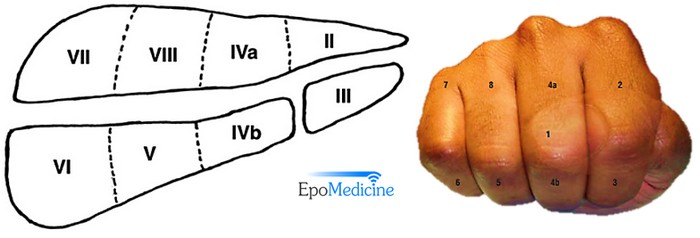
Liver Segments Explained with Mnemonic
Couniaud divided liver into 8 functional segments, each of which is supplied by it’s own portal triad (composed of a portal vein, hepatic artery and a bile duct). Hepatic veins divide the liver in saggital plane: 1. Middle hepatic vein: Divides the liver into right and left functional lobe. 2….
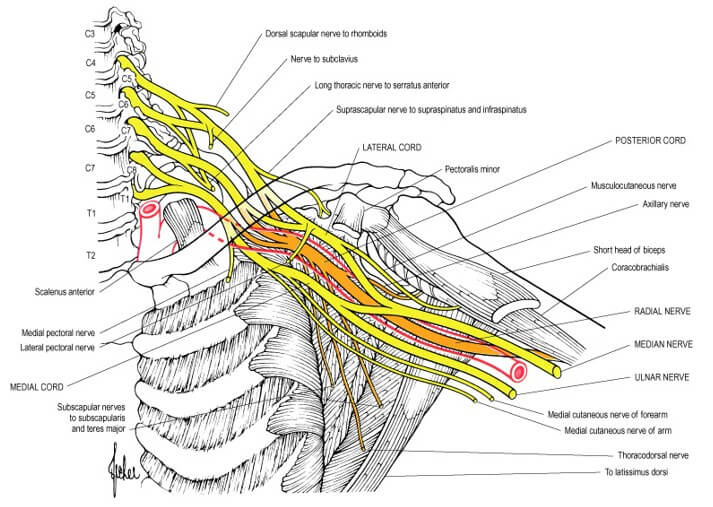
Brachial Plexus Simplified with Mnemonics
Components of Brachial Plexus Mnemonic: Randy Travis Drinks Cold Beer From proximal to distal, brachial plexus consists of: How are the roots formed? From the Ventral Rami of C5 to T1 spinal nerves. Extent and course: Intervertebral foramina to Transverse process to Interscalene triangle (bounded by anterior scalene and middle…
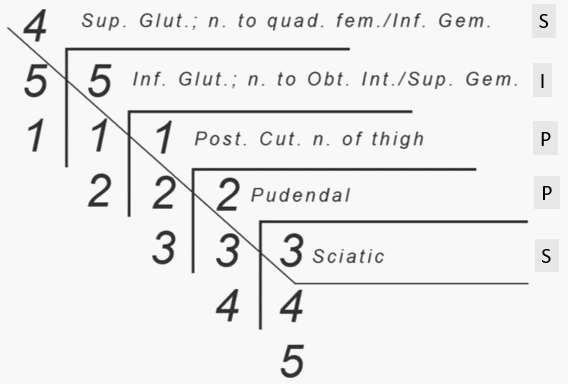
Lumbosacral Plexus Simplified
While everyone is busy talking about the brachial plexus – lumbosacral plexus (the origin of nerves that supplies everything below the umbilicus) seems to be bit under-rated. Formation of Lumbosacral Plexus Ventral rami of L1-S4; has 2 components – Lumbar plexus (L1-L4) – forms within psoas major anterior to lumbar…
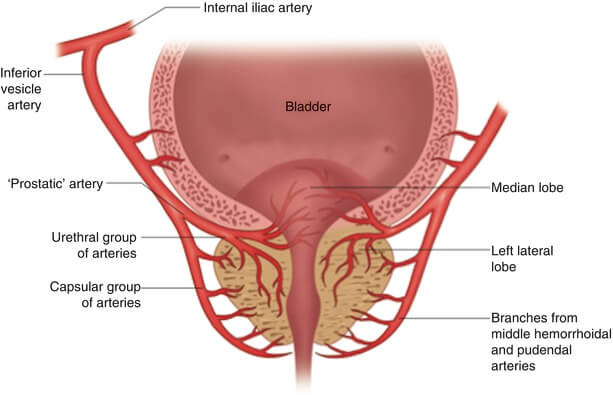
Prostate Anatomy – Clinical correlate
Anatomy of Prostate The embryology and detailed gross and microscopic anatomy of the prostate has already been discussed earlier. Read the anatomy of prostate. Benign Prostatic Hyperplasia (BPH) Occurs exclusively in transition zone (progressively enlarges with age). Median lobe of the gland enlarges upward and encroaches sphincter vesicae, located at…
